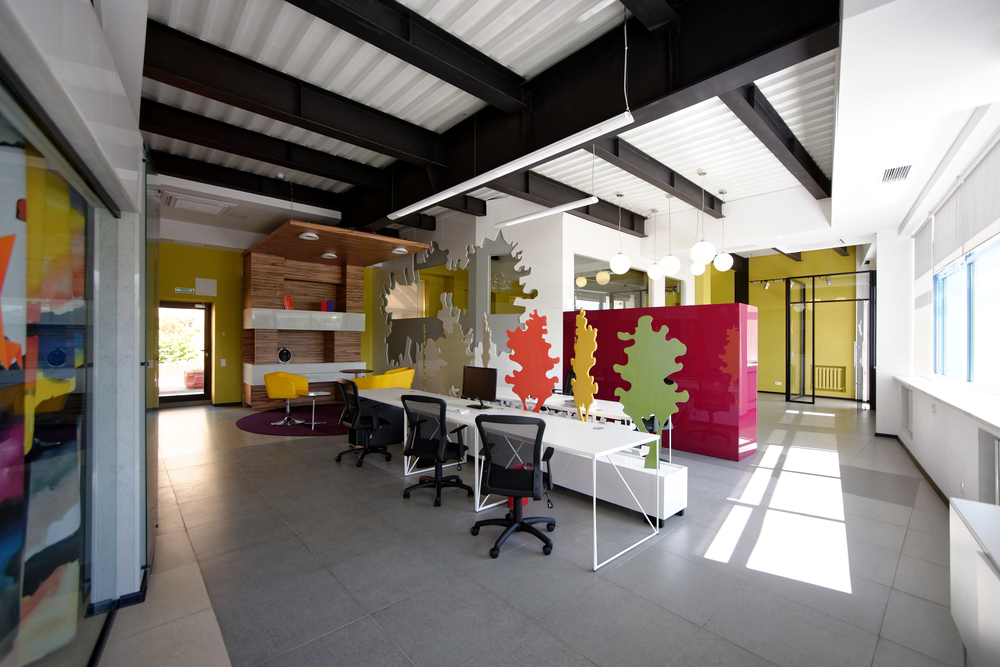What Do Tenants Want From Office Space?

I have attended several interesting events recently including Predictions & Resolutions for 2018 at M&G office, as well as the CREation launch party at WeWork in Moorgate. Both events were organised for different reasons, however, both tackled a very prominent topic in the industry: flexible working and the future of office space.
Indeed, we have been noticing how more and more work is no longer about the repetitiveness of an action or stillness in the environment, quite the contrary. Work and office space have shifted to be much more connected than before, creating a need for environments that offer interaction and collaboration. Essentially, today’s office is about human interaction.
But what are the factors that have been so crucial to this shift in our work?
- Integration of technology into the workplace means that we can now work wherever we find ourselves, making the environment just a variable. There is an increasing recognition that work is a series of activities rather than being specifically linked to a location or confined to a space.
- Change in the workforce: 4.6 million people in the UK, 15% of the workforce, are now self-employed – the highest percentage since a recording of such data began. What is even more striking, is the result of this in the Capital, where 1 in 8 people in London is self-employed. Moreover, the UK’s creative industry has seen a boom in recent years, employing up to 2 million people, a 5% increase respect to the previous year.
- Flexible working: companies and corporations have adopted more flexible structures. This was a result of years of studies from organisations such as the CIPD, demonstrating that flexible work brings further motivation and engagement in the workforce.
Given these factors, workers, employers and entrepreneurs are looking for more flexible working environments, where they can achieve more transparency, knowledge sharing and last but not least, convenience. For these reasons, we have seen a great increase of new office space providers such as WeWork, SPACES, Servcorp and so on, which offer fun, central and beautiful spaces with dynamic and affordable prices and agreements.
But let’s have a look at some of the advantages of flexible working…
- Typically open plan, informal setting
- Ad hoc and short-term space
- Price per workspace is often based on an hourly/daily/monthly rate
- Shared space – not allocated
- Provision of events/mentoring/business support
- 10-20% space allocated to social space/activities
What is the size of this market?
Data shows that start-ups, creative and technology sectors have a clear preference for flexible working space. London is an absolute leader in this field, with a very mature market and it has been estimated shared offices has grown by 13% a year globally for the past decade. Central London saw 2.5m sq ft leased to flexible workspace providers in 2017, a 190% increase on the previous year. In addition, there has been an increase in the flexible workplace in the UK’s largest regional cities, such as Birmingham, Bristol, Cardiff, Edinburgh, Glasgow, Leeds, Manchester, and Newcastle, totalling 7.5% of all city centre lettings in 2017.
What are the traditional landlord’s reactions to this movement?
In general, previously the more prominent landlords in London haven’t particularly acted on the rise of this trend, however, the scale of office take-up simply cannot be ignored. After attending events and seeing the statistics that have been released, it would seem, landlords, not only across London but also the rest of Europe, are moving from hardware to software, creating more flexible solutions and spaces, to meet tenant demand.